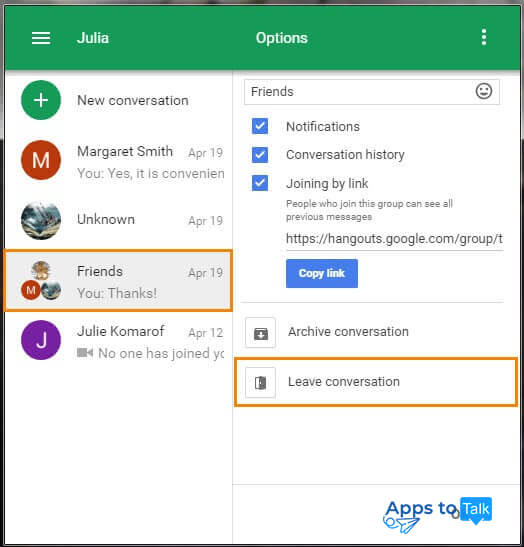
Eric Schmidt even reportedly once suggested finding another social network if you didn’t want to use your real name - a comment that came across as condescending. It wouldn’t fix some of these problems for years, in fact. The company also flubbed its handling of brands’ pages, banning all Google business profiles in an ill-conceived fashion - something it later admitted was a mistake. This was a larger issue than merely losing social networking access, because losing a Google account meant losing Gmail, Documents, Calendar and access to other Google products, too. This angered many users who wanted to use pseudonyms or nicknames, especially when Google began deleting their accounts for non-compliance. In an effort to compete with Facebook, Google+ also enforced a “real names” policy. July: Backlashes over brands and Real Names policy Over the years that followed, its inability to control the spam became a major issue.Įven as late at 2017, people were still complaining that spam made Google+ unusable. It had to roll out blocking mechanisms months after launch, as the network became too spammy with unwanted notifications.

There also were early signs that Google+’s embrace of non-friends could be challenging. Google+ was getting the sign-ups, but whether users would remain active over time was still in question.

Facebook, which had 750 million users at the time, had already done this. Even if Google was only tracking sign-up numbers, it still appeared like a massive threat to Facebook.įacebook CEO Mark Zuckerberg’s first comment about Google+, however, smartly pointed out that any Facebook competitor will have to build up a social graph to be relevant. Just over a month after launch, it had grown to 25 million. Within two weeks, it seemed Google had a hit on its hands, as the network had reached 10 million users.
SOO ALL GOOGLE HANGOUTS HISTORY SOFTWARE
Google+ also introduced Hangouts, a way to video chat with up to 10 people in one of your Circles at once.Īt the time, the implementation was described as almost magical. This was due to a number of innovative features, like the way the software focused in on the person talking, for example, and the way everyone could share content within a chat. Instead of just returning a list of blue links, a search on Google+ could return people’s profiles who were relevant to the topic at hand, matching pages and other content. But it also paved the way for a new type of search. This way, Google could understand what people liked and wanted to track, without having an established base of topical pages for users to “Like,” as on Facebook. Next thing you know, everyone was setting up their Circles by dragging-and-dropping little profile icons into these groups, and posting updates and photos to their newly created micro-networks.Īnother key feature, “Sparks,” helped users find news and content related to a user’s particular interests. It also was better than the system for contact organization that Facebook was offering at the time. Google, instead, cleverly designed a user interface that made organizing contacts feel simpler - even fun, some argued. That is, there are things that are appropriate for sharing with family or close friends, and other things that make more sense to share with co-workers, classmates or those who share a similar interest - like biking or cooking, for example.īut getting users to create groups is difficult because the process can be tedious. Led by Vic Gundotra and Bradley Horowitz, Google’s big idea to fix social was to get users to create groups of contacts - called “Circles” - in order to have more control over social sharing. The once top-secret project was the subject of several leaks ahead of its launch, allowing consumer interest in the project to build.

Google had made numerous attempts to offer a social networking service of some sort, with Orkut, launched in 2004 and shuttered in fall 2014 Google Friend Connect in 2008 (retired in 2012) and Google Buzz in 2010 (it closed the next year).īut Google+ was the most significant attempt the company had made, proclaiming at the time: “we believe online sharing is broken.” It wasn’t Google’s first foray into social, however. The company originally revealed its new idea for social networking in June 2011. Google+ was once heralded as a serious attempt to topple Facebook’s stranglehold on social networking, and was even met with excitement in its first days. Yikes.īut things weren’t always like this. It even revealed how poorly the network is performing, noting that 90 percent of Google+ user sessions are less than five seconds long.

Google announced today it’s sunsetting its consumer-facing social network due to lack of user and developer adoption, low usage and engagement.


 0 kommentar(er)
0 kommentar(er)
